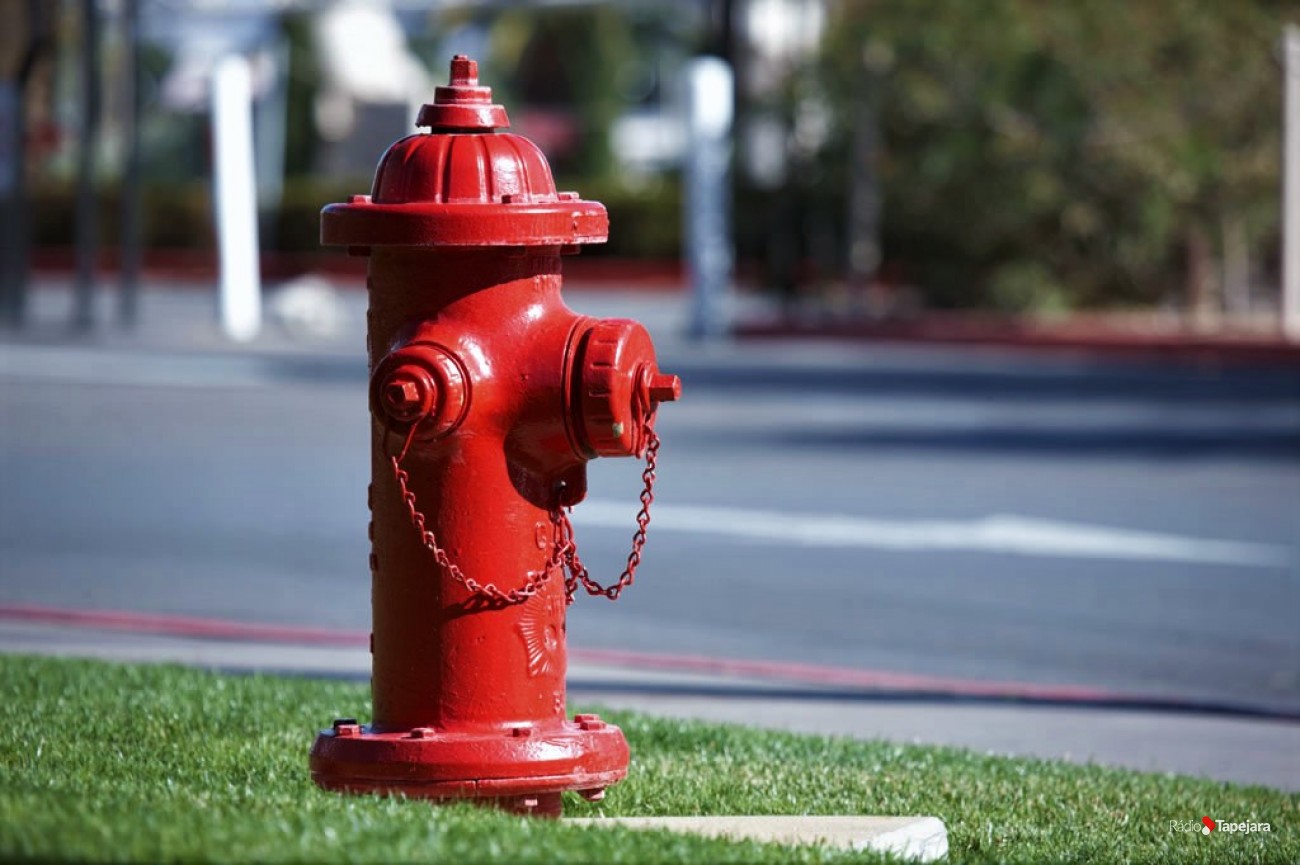Fire hydrants are often walked by without a second glance or frowned upon for blocking access to parking. However, they are incredible, life-saving tools. Here are three key pieces of information on the workings of fire hydrants.

Why Are Fire Hydrants Needed?
A fire hydrant is a back-up source of water for firefighters to use while extinguishing a fire. Though fire trucks carry a considerable amount of water themselves, in the case of large fires, a greater source is required. Fire hydrants are connected to underground water supply systems and, when opened, can produce a strong, steady stream of water. They are typically painted in bright colors, like red or yellow, to make them easier for fire-fighters to spot from inside their fire truck.
How Do They Work?
When firefighters arrive to put out a fire, they first draw upon the water in their own trucks. As this is happening, other firefighters will work to hook up their hoses to a nearby fire hydrant and turn a valve to release the water. This is why it is important to never park in front of or too close to a fire hydrant. In the case of an emergency, fire-fighters may need to access the hydrant’s water supply and will have to park close by in order to do so. Each hydrant is kept in top shape through a regular inspection and fire hydrant flow test.
Wet vs. Dry-Barrel Hydrants
In wet-barrel hydrants, water is always held within the main barrel of the fire hydrant. Fire-fighters can simply turn a valve at the top and the water comes pouring out through the hose. In areas with below-freezing climates, dry-barrel hydrants are used to reduce the risk of freezing or bursting. When the valve is turned on a dry-barrel hydrant, water that is stored deep enough in the ground to avoid freezing is pumped into the barrel. Once the hydrant is no longer in use, the water is drained out again.
Fire hydrants are an incredible invention. Not only that, but they are an invaluable resource for fire-fighters and a literal life-saver during emergencies